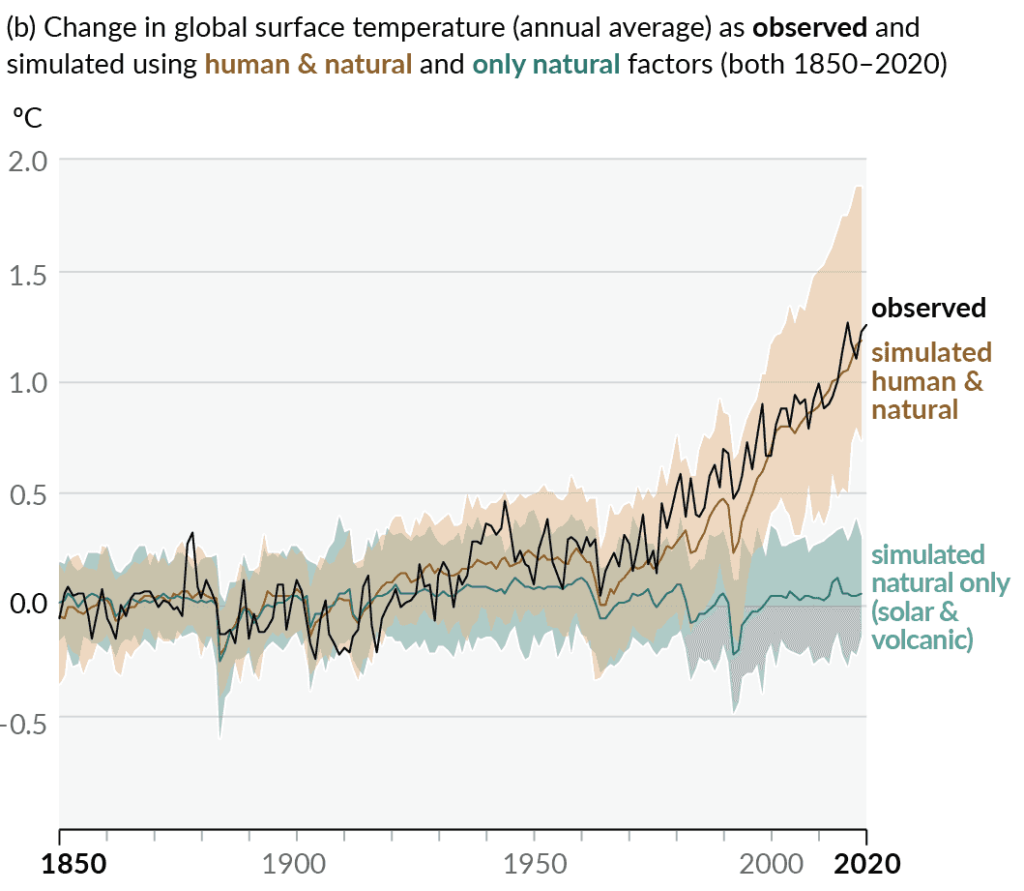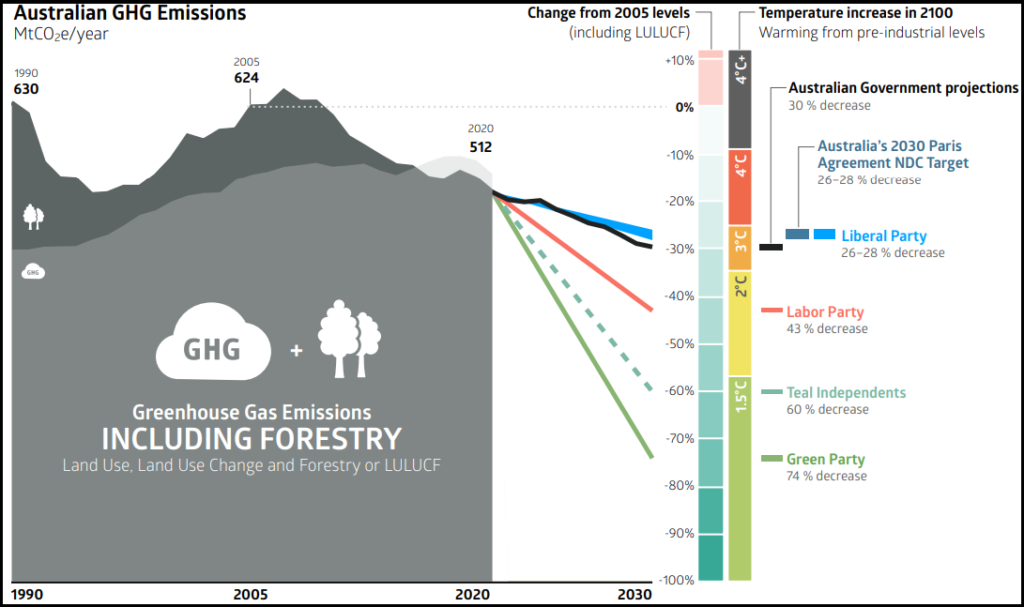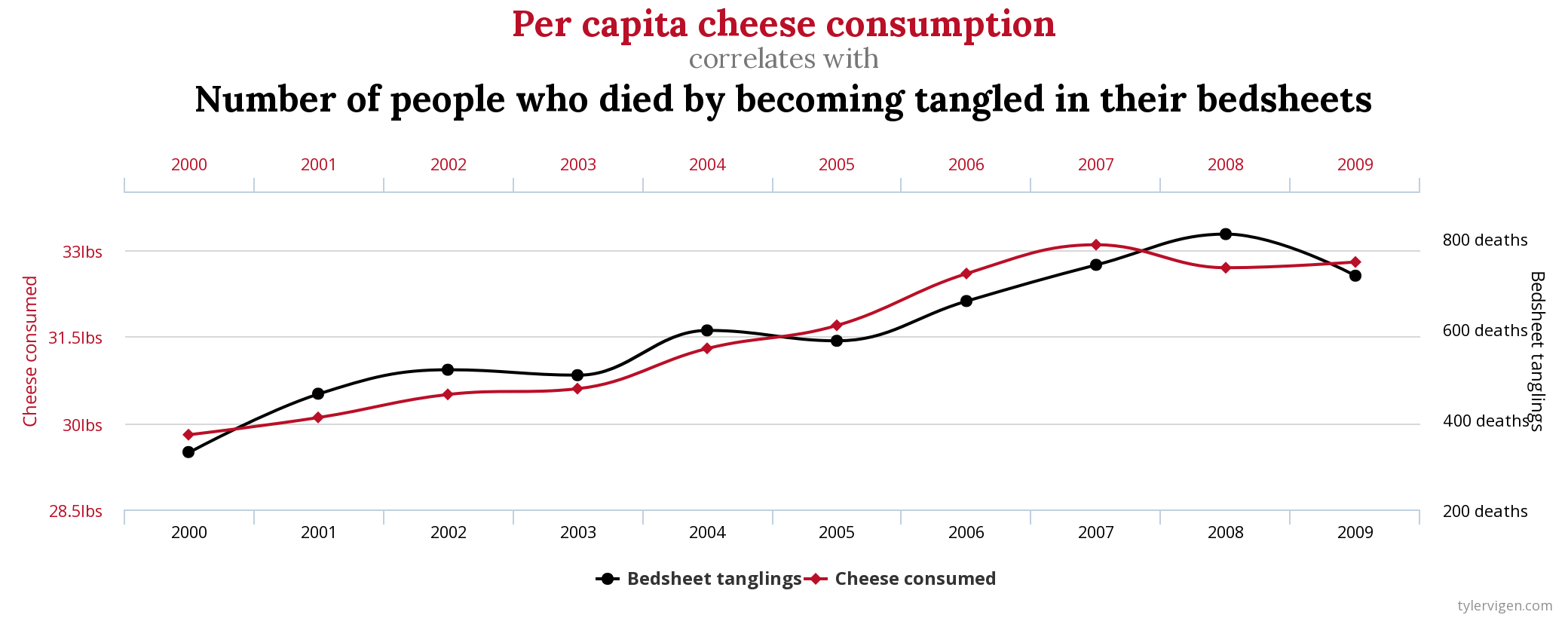
For those in far off lands, a “democracy sausage” is the exquisite mixture of sausage, onions and sauce wrapped in a slice of bread that you purchase from a charitable organizations as a “reward to self” after voting at an election booth in Australia. Australia is coming up to a national voting day on 21 May, 2022. This is a day I have always enjoyed as I exercise my democratic rights and vote. Although over half the world countries are designated as democracies, due to recent changes by national governments that curtail press freedoms and suppress dissent, there is the evaluation that less than 20 percent of the world’s people now live in a Free country!
But lets not get too depressed about things I have no control over. For now, Slack Investor does have a vote.
Fossil Fuels and Climate Change
For the progress of civilization, it seemed to be an excellent idea to use fossil fuels (Coal, oil and natural gas) to provide relatively cheap energy. These fuels took hundreds of millions of years to form as vast amounts of plant matter was converted into stored carbon.
Fossil fuels are non-renewable and currently supply around 80% of the world’s energy
Client Earth – February 2022
When we use these fuels for energy, the carbon combines with oxygen – and carbon dioxide is released. Carbon dioxide, is one of the “greenhouse gases”, that trap heat in our atmosphere, causing global warming.
The problem is, that we have managed to release huge amounts of the stored carbon dioxide in the relatively short time since the industrial revolution.

Firstly, we must recognise that global warming is a real problem for our Earth. There is ample evidence of climate change leading to rising temperatures, rising sea levels, decreased cool season rainfall for southern and western Australia and increased weather-related disasters. Our current amount of warming due to the rapid release of these greenhouse gases is 1.1°C. Urgent action is required if we are to keep the warming below 1.5°C- We can all do our little bit to reduce our fossil fuel consumption – But real change must be led by our governments.
Emissions of greenhouse gases from human activities are responsible for approximately 1.1°C of warming since 1850-1900, and finds that averaged over the next 20 years, global temperature is expected to reach or exceed 1.5°C of warming
IPCC Report, August 2021 – Climate change widespread, rapid, and intensifying
With the Australian election looming, I am grateful to a timely Ross Gittins article and to Climate Analytics for doing the hard work of actually assessing the impact of the politician promises to help reduce greenhouse gases in order to reduce global warming. They assess Liberal party policies as leading to a warming of 3.0°C by 2030: Labour party policies consistent with a 2.0°C of warming; Teal Independents and Green party policies are consistent with a 1.5°C of warming.
Emission reductions for 2030 are very important if the
Climate Analytics
world is to have a reasonable chance of limiting warming
to 1.5°C, the long-term temperature goal of the Paris
agreement.

If you think that climate change is an important issue. Think about your vote.
Slack Investor usually writes about financial matters – but a recent survey of Australian economists found that 74% of them rated “climate and the environment” as the most important issue for this up-coming election.
Also, what is the use of having a blog – if you cant have the occasional rant!




